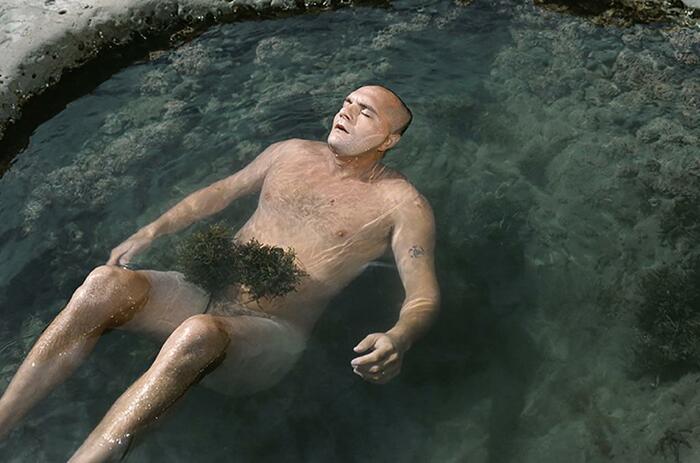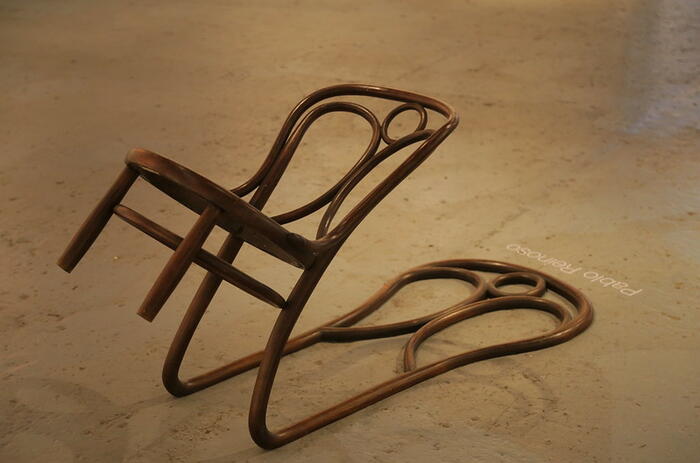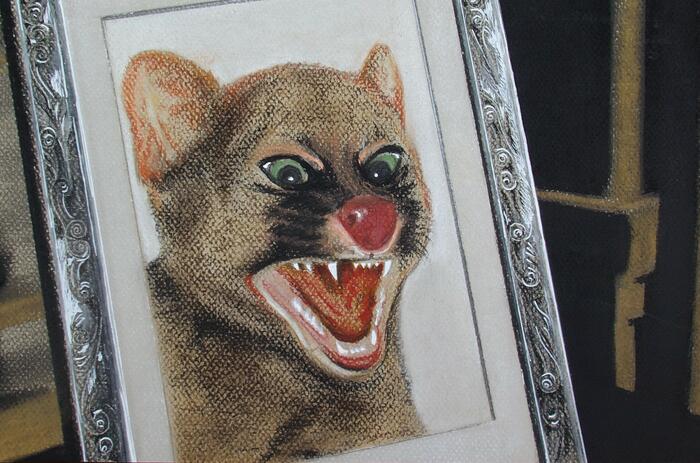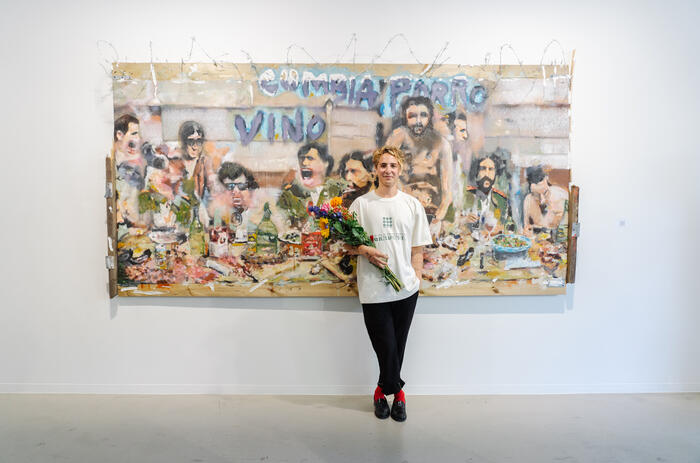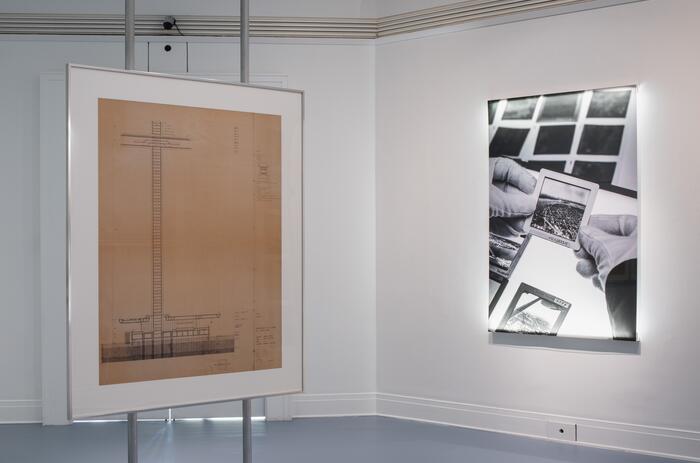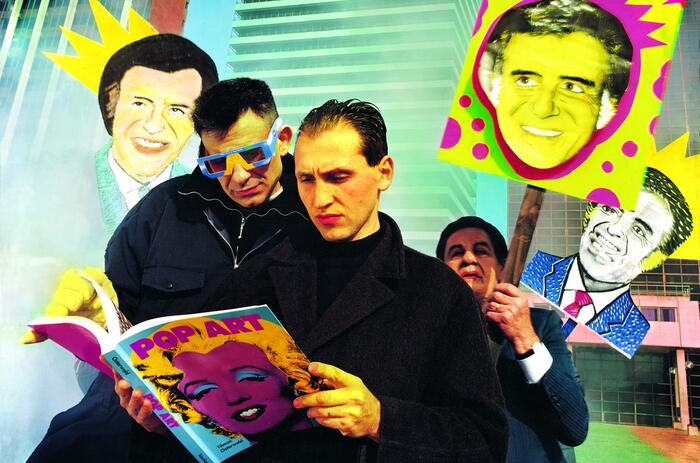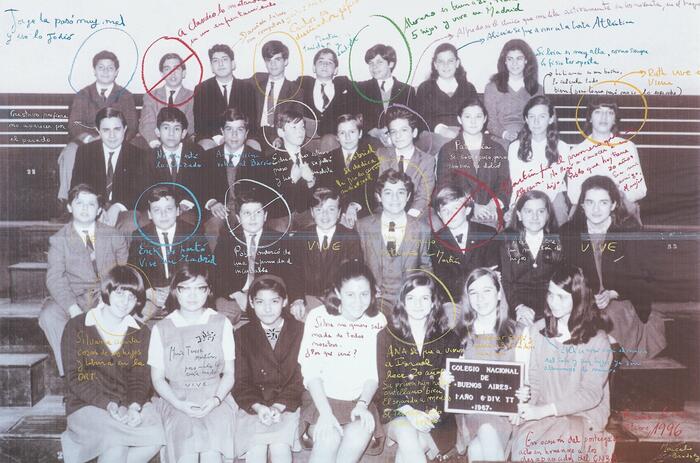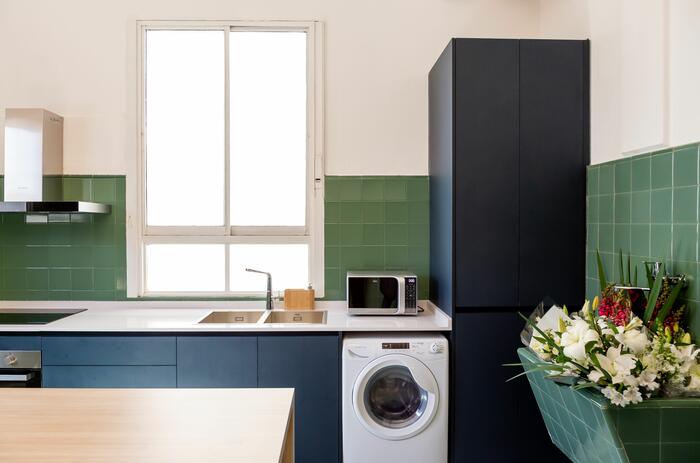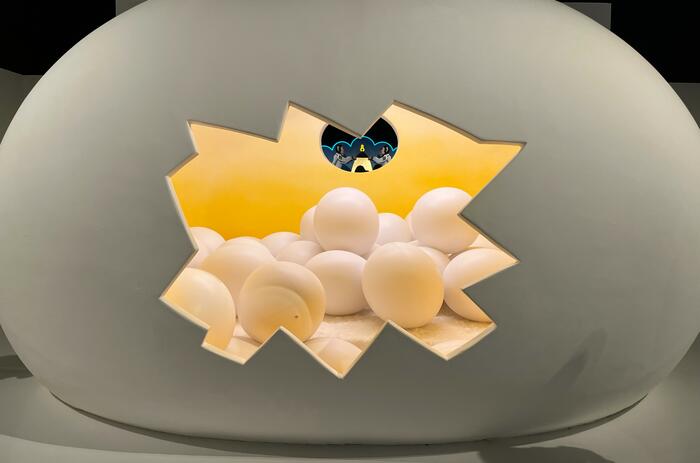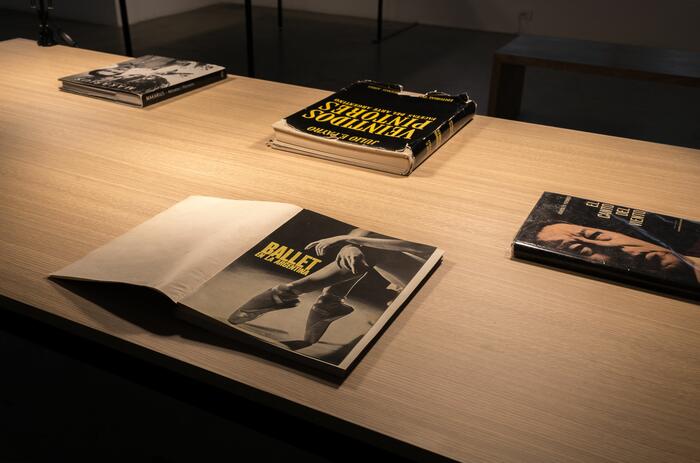SO MUCH LOVE AND COMPASSION. ARTISTS UNITED ON RESISTANCE
Alexander Tutsek-Stiftung showcases works by Silvia Levenson and Adriana Lestido, Argentine artists that engage in social activism. The works on show express suffering, but also the power of resistance, as well as love and empathy.
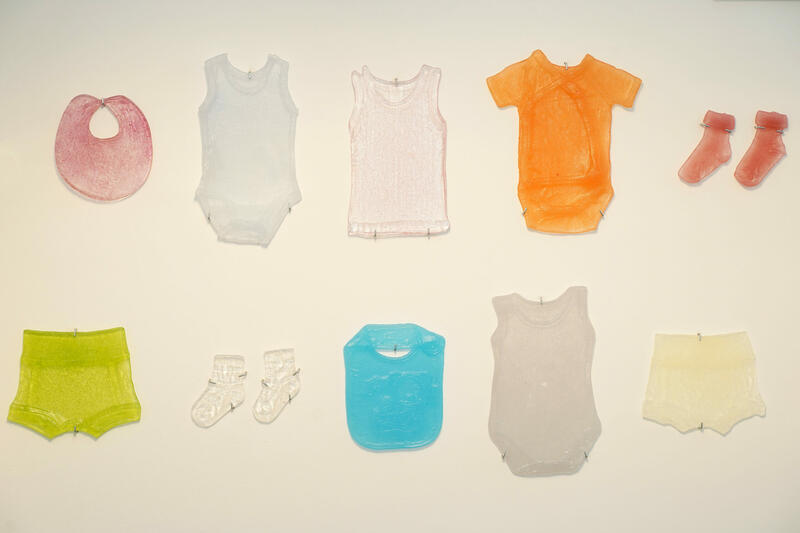
The exhibition introduces two artists who both suffered under the military dictatorship in Argentina in the years from 1976 to 1983, when more than 30,000 people were disappeared. Silvia Levenson, born in Buenos Aires in 1957, fled after members of her family were killed, leaving at the age of 23 with her husband and their two children. Adriana Lestido, also born in Buenos Aires in 1955, whose husband was kidnapped and disappeared for ever, remained in the country. In Italian exile, Levenson discovered glass as a material through which to express her artistic and political convictions, Lestido chose the camera.
Silvia Levenson’s glass baby clothes in pastel colors run across the walls of the villa like a frieze. What at first glance seems harmless, proves to be a reckoning with the regime’s brutality. For Levenson, glass is the medium to preserve and protect. Behind its decorative quality hides the horror – and the serendipity of a restored identity. Her piece Recovered Identity is a work in progress (since 2014). It keeps in mind a trauma of Argentinian society: opposition women who had given birth in prison were murdered and the newborns were secretly offered for adoption. At least five hundred children were stolen from their families in this way. Whenever one of these “children” is found – which the activists of the Abuelas de Plaza de Mayo continue to fight for to this day – Levenson makes a new piece of clothing. She has made over 130 to date. In this way the Alexander Tutsek-Stiftung collection, which also includes other works by the artist, continues to grow with each new recovered identity.
-
Silvia Levenson, Recovered Identity, ongoing since 2014 © Silvia Levenson, Foto: Marion Vogel
-
Alexander Tutsek-Stiftung, So much Love and Compassion, installation view Villa, © Alexander Tutsek-Stiftung, photo: Marion Vogel
-
Silvia Levenson, Recovered Identity, ongoing since 2014 © Alexander Tutsek-Stiftung, photo: Marion Vogel
“The purpose of my photographs is to approach truth,” Adriana Lestido says. Her 1982 photograph, Madre e hija de Plaza de Mayo (Mother and Daughter from Plaza de Mayo) became an icon of resistance and entered the country’s collective memory. “The absent man, the pain, the strength, the strong bond between the mother and the daughter. The separation. It is all there, in that first picture” (A.L., El Pais). With this image, Lestido lay the tone for her following works. In emotional black-and-white photography with strong contrasts of light and shadow, she portrays women’s loneliness and powerlessness. At the same time, Lestido shows their devotion, the tenderness of their gaze and their intimate physicality. In the documentary photographic essay tradition, she has portrayed young mothers (Madres adolescentes, 1988–1989) as well as mothers, usually from backgrounds of poverty, who live with their children in prison (Mujeres presas, 1991–1993). Her photographs “are intimate … They are so full of narrative that words are unnecessary” writes John Berger, whose words of appreciation give this exhibition its title: “So much love and compassion".
Sergey Melnitchenko was born 1991 in Mykolaiv in southern Ukraine. He is the founder of the School of Conceptual and Art Photography, MYPH, and a member of the Ukrainian Photo Alternative. His photographic oeuvre represents a different generation, a different country, and a different political situation. And yet he fits well in this context, because his works – a true new discovery – delve into the relationship between mother and child. The photographs in the series Who’s Here (2017–2019) portray the magic of the mother-child bond in daily rituals and thus connect to Adriana Lestido’s works. They too portray their subjects in their most vulnerable state, capturing moments of physical and emotional relationships. Melnitchenko’s images, from the perspective of a husband and father, portray a family harmony that is denied the lifeworlds shown in the works by Levenson and Lestido. But Melnitchenko’s world is also fragile. When we spoke with him, the war had already begun and he’d brought his wife and child out of the country.
The Alexander Tutsek-Stiftung is a non-profit foundation based in Munich that supports contemporary art and science. It was established in December 2000 by the entrepreneur Alexander Tutsek and Dr. Eva-Maria Fahrner-Tutsek to share responsibility for the cultural foundations of our society. In its internationally oriented exhibition and collection activities, the Alexander Tutsek-Stiftung focuses on contemporary photography as well as contemporary sculptures and installations using the medium of glass. It regularly shows exhibitions on innovative topics and builds up its continuously growing collection on this basis. The aim is to open up new perspectives on important questions of our time and to provide access to the two media of photography and glass to as broad an audience as possible.

